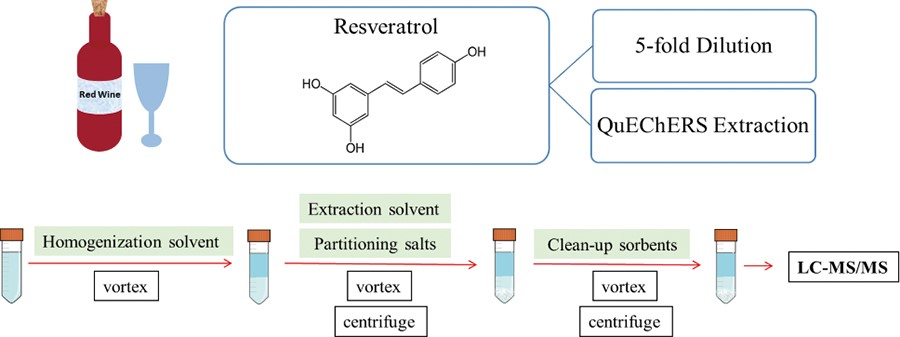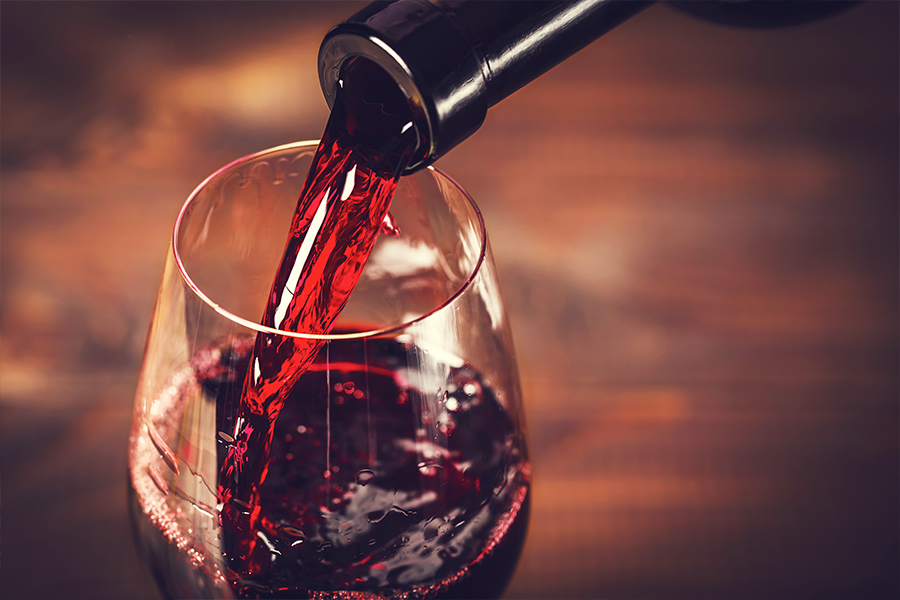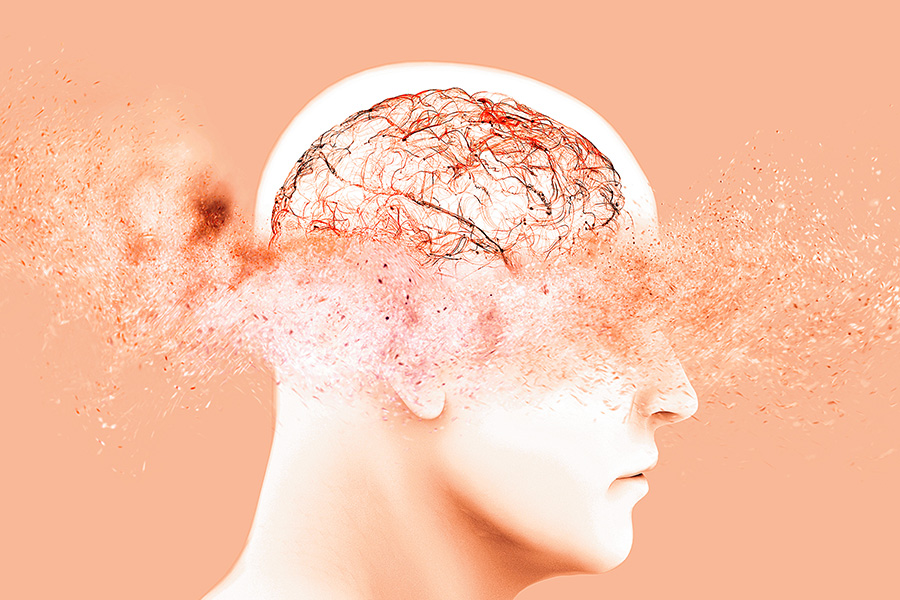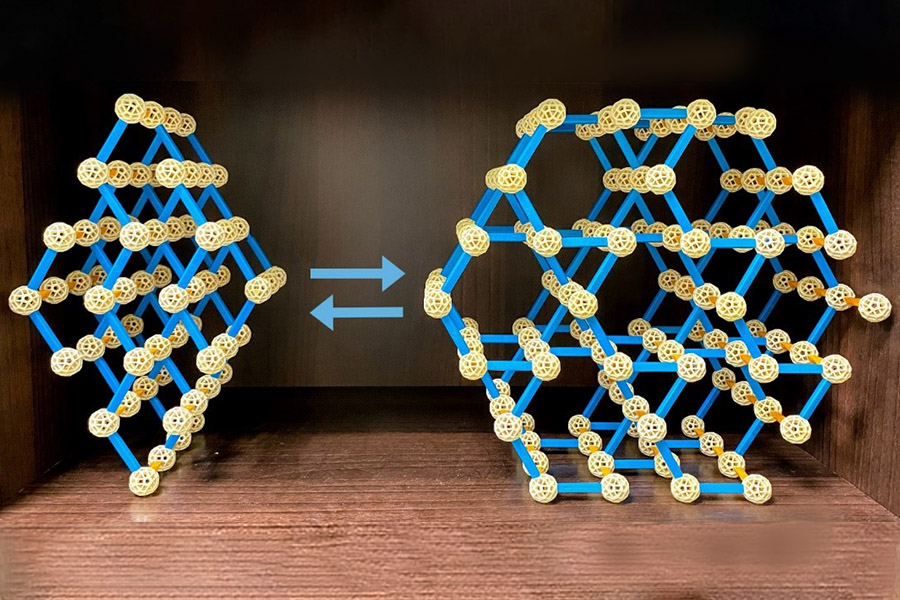A large amount of red wine contains phenolic substances, of which "Resveratrol" is one of them. Resveratrol is a compound from plant which can protect against bacterial invasion, and contains multiple naturally occurring phenolic plant antitoxins. Studies have confirmed that it has anti-cancer, anti-inflammatory, and metabolic effects. The research on “Resveratrol” started through the slogan “French paradox in 1980, which describes improved cardiovascular outcomes despite a high fat diet in French people who are in the habit of drinking red wine. Since then, resveratrol has been widely studied and discussed. ” In the whole research process, the sample preparation is a critical step. This present work used the direct dilution method and the QuEChERS (Quick, Easy, Cheap, Effective, Rugged, and Safe) pretreatment technology. Subsequently, efficient QuEChERS extraction combined with LC-MS/MS (high performance liquid chromatography tandem mass spectrometry) for the quantitative analysis of resveratrol in red wines was successfully developed and verified in this study. Furthermore, QuEChERS extraction can be used not only in multiplex detection of pesticide residues in fruits and vegetables, but also red wine study. The proposed method will help the future application in the fields of food analysis.

For a long time, the "French paradox" has been explored in order to understand whether the habit of drinking red wine can reduce the risk of cardiovascular disease. Previous study found the benefits of red wine in addition to anthocyanin and tannic acid, of which the biggest contributor maybe is resveratrol. Phytotoxins naturally produced in certain plants are attacked by pathogens. They are a polyphenol compound, a powerful antioxidant that can protect human cells from free radical damage.
After long-term research, trans-resveratrol has been shown to potentially have anti- cancer, anti-inflammatory, and anti-cardiovascular disease properties, and can even regulate metabolism. Health is the common goal pursued by modern people, and prevention and health care are indispensable.
The complete analysis method includes sample collection, sample pre-processing, instrument analysis and data processing, of which the sample preparation process is the key. In order to detect small amounts of trans-resveratrol in red wine samples with complex matrices, it is necessary to develop a sensitive and reliable detection method. The QuEChERS pretreatment technology proposed in recent years is different from the traditional extraction of target analytes. It uses adsorbents to remove matrix interference from complex samples to improve the recovery of target analytes in the pretreatment process. The original aim was to establish a fast and low-cost pretreatment method for pesticide residue detection for fruit and vegetables. This study is based on technology and optimizes the pretreatment of red wine samples to achieve the best efficiency. Through the sorbent selection and the adjustment of the usage ratio, it is possible to establish an analytical method for the separation of the trans and the cis resveratrol isomers. Finally, with a liquid chromatography tandem mass spectrometry (HPLC-MS/MS), a series of detection methods specifically designed to quantify trans-resveratrol in red wine was developed.
In the process of developing analytical methods, pre-processing steps are a very important part. This experiment was based on the QuEChERS technology to optimize extraction conditions with the adsorbent selection, and was applied to the red wine sample, reducing the time and cost involved, and improving analyte recovery to achieve the best benefits and prove that the QuEChERS technology is not simply limited to the use of pesticide residues. On the other hand, in order to evaluate that the concentration of trans-resveratrol in red wine will decay over time, the concentration of red wine that was opened and stored in the refrigerator was tracked. The final result indicated that the concentration of trans-resveratrol in red wine will not be significantly lost within one week of opening the bottle, which shows that the stability of trans-resveratrol is high.
The habit of drinking red wine is common all around the world and is inseparable from health. This research has successfully developed and verified a method specifically designed to quantify trans-resveratrol in red wine. The method is optimized based on the QuEChERS technology and was applied to the pretreatment of red wine samples. It was able to reduce the sample matrix effect, and with LC-MS/MS, could separate and detect isomers with the highly sensitive approach. The results of this report will help the future application of this technology in the fields of food and biological sample analysis.










